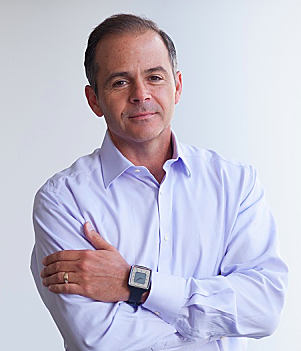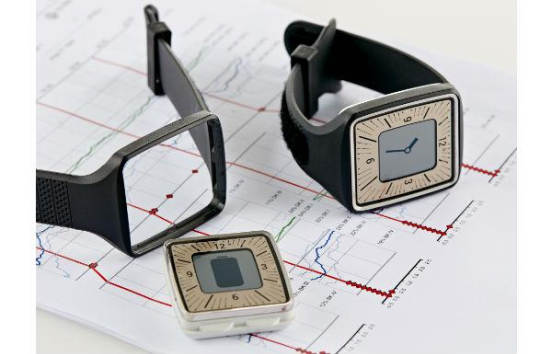Premarketing OK Granted for Parkinson’s Second Generation KinetiGraph

 Global Kinetics Corporation, specialized in developing health technology for people with Parkinson’s disease, has received premarketing clearance from the U.S. Food and Drug Administration (FDA) for the next generation of its wrist-worn Personal KinetiGraph (PKG) system.
Global Kinetics Corporation, specialized in developing health technology for people with Parkinson’s disease, has received premarketing clearance from the U.S. Food and Drug Administration (FDA) for the next generation of its wrist-worn Personal KinetiGraph (PKG) system.
The PKG records movement symptoms of the Parkinson’s wearer, provides programmed medication reminders, and makes assessments of patient response to medication.
The new Second Generation PKG was unveiled at the World Parkinson’s Congress (WPC), September 20-23, in Portland, Oregon. About 3,500 people from 65 countries were expected to attend. The new PKG model will be available at leading movement disorder clinics throughout the United States beginning in late September.
Worn like a wristwatch, the PKG’s data logger delivers a vibrating reminder to the wearer to register that they took their levodopa medication as prescribed. The new device is designed to be worn continually, compared to previous generation models that were worn for only 6-10 consecutive days in the patient’s home during daily activities. It uses an accelerometer to record movement data. The neurologist then uses the data report to see the mechanics of symptoms associated with Parkinson’s in relationship to the timing of levodopa (includes Sinemet and Madopar).
Global Kinetics, which also has offices in Stockholm, Minneapolis, and San Francisco, maintains that having an objective record of movement symptoms helps increase the doctor’s understanding of the nature and progression of Parkinson’s, and the disease’s response to treatment. By assessing the recording, the neurologist may see need to change the type, amount, or dosage interval of the medication — or recommend an advanced therapy, such as deep brain stimulation.
 Global Kinetics president and CEO Timothy I. Still said the second generation tool represents another recent milestone in developing and marketing products for Parkinson’s patients.
Global Kinetics president and CEO Timothy I. Still said the second generation tool represents another recent milestone in developing and marketing products for Parkinson’s patients.
“With advanced monitoring technology and smart design, this device can play a significant role in improving care for patients, care partners and healthcare providers in the years ahead,” Still said.
Development objectives were established after considering feedback from First Generation device users. The new unit is smaller and includes a touch sensitive backlit screen with haptic and visual feedback, a water resistance enclosure, and mobile charging and data handling capacity.
Resembling a smartwatch, the updated device is capable of delivering data related to patient mobility changes and is able to support better treatment decisions, according to the company.
The device’s technology can also provide insights about the patient experience that clinicians and drug companies might use to help focus and design future clinical research.
Photo Credit: Global Kinetics Corporation
The second generation technology was developed in Australia based on research originally conducted by Global Kinetics founders including Professor Malcolm Horne, from the Florey Institute of Neuroscience & Mental Health. In clinical research, the company reported that feedback from patients using the device had demonstrated significant levels of user support for the technology.
“The Second Generation PKG platform also enables us to capitalize on our growing telehealth and clinical trial services businesses, and to build on our already substantial partnerships with global pharmaceutical and device leaders in Parkinson’s,” Still said.
The technology is currently awaiting regulatory approval in the EU, which is expected in late 2016. The company plans to target business opportunities throughout North America, the EU, and Asia-Pacific as it ramps up commercialization and marketing of the product.
“Global Kinetics continues to achieve year-to-year growth by delivering on our strategic business objectives and our commitment to make a meaningful difference for people with Parkinson’s,” Still said. “We recently celebrated delivery of our 11,000th PKG movement recording, and we look forward to achieving new levels of support for the patients we serve with our Second Generation PKG system.”







